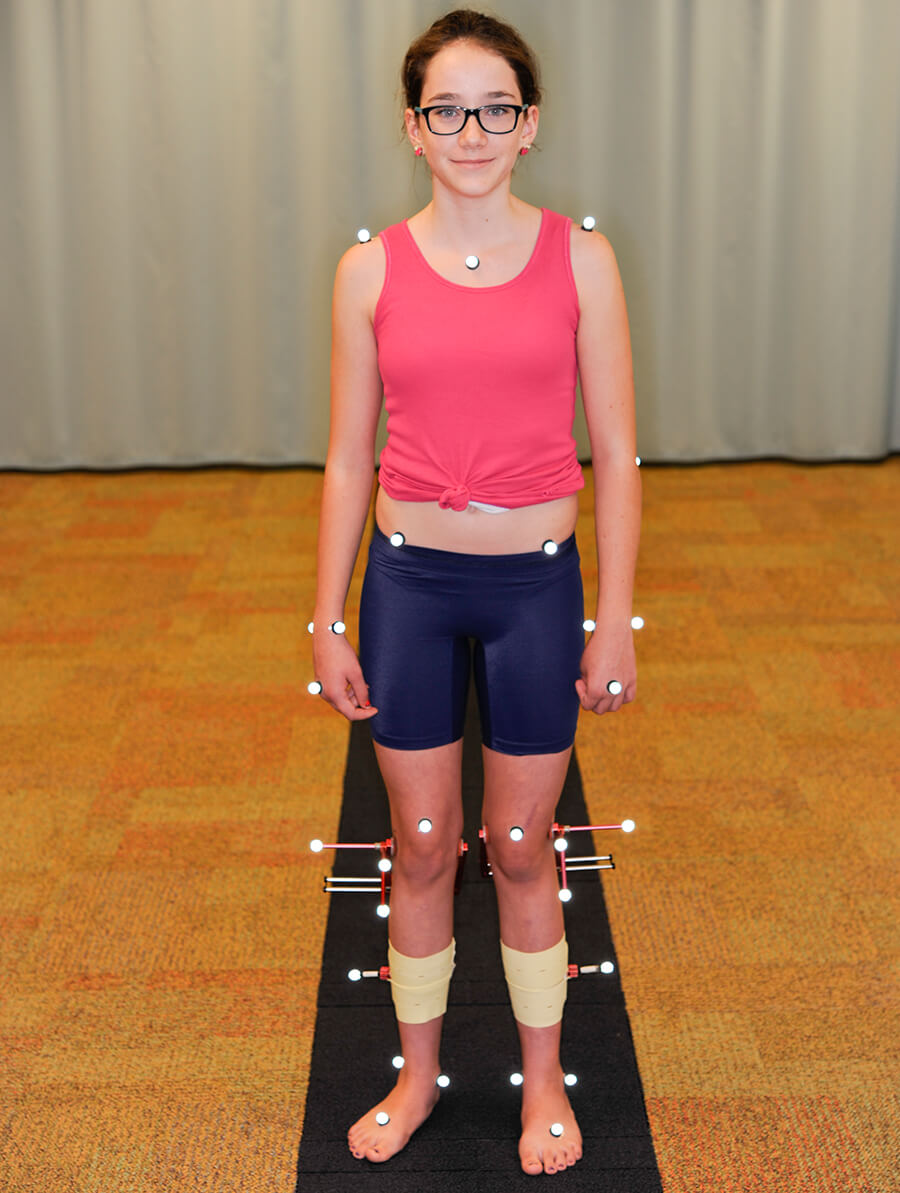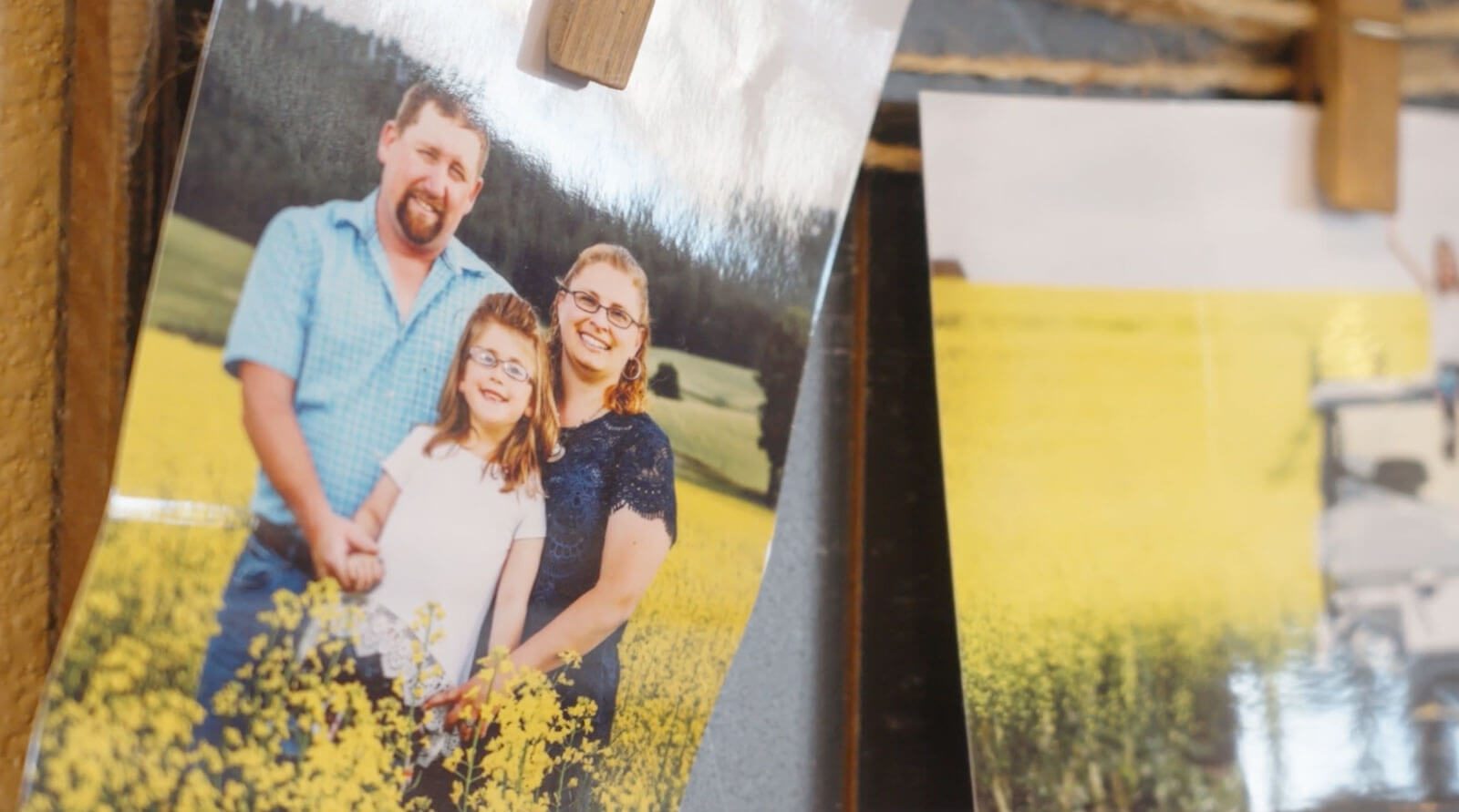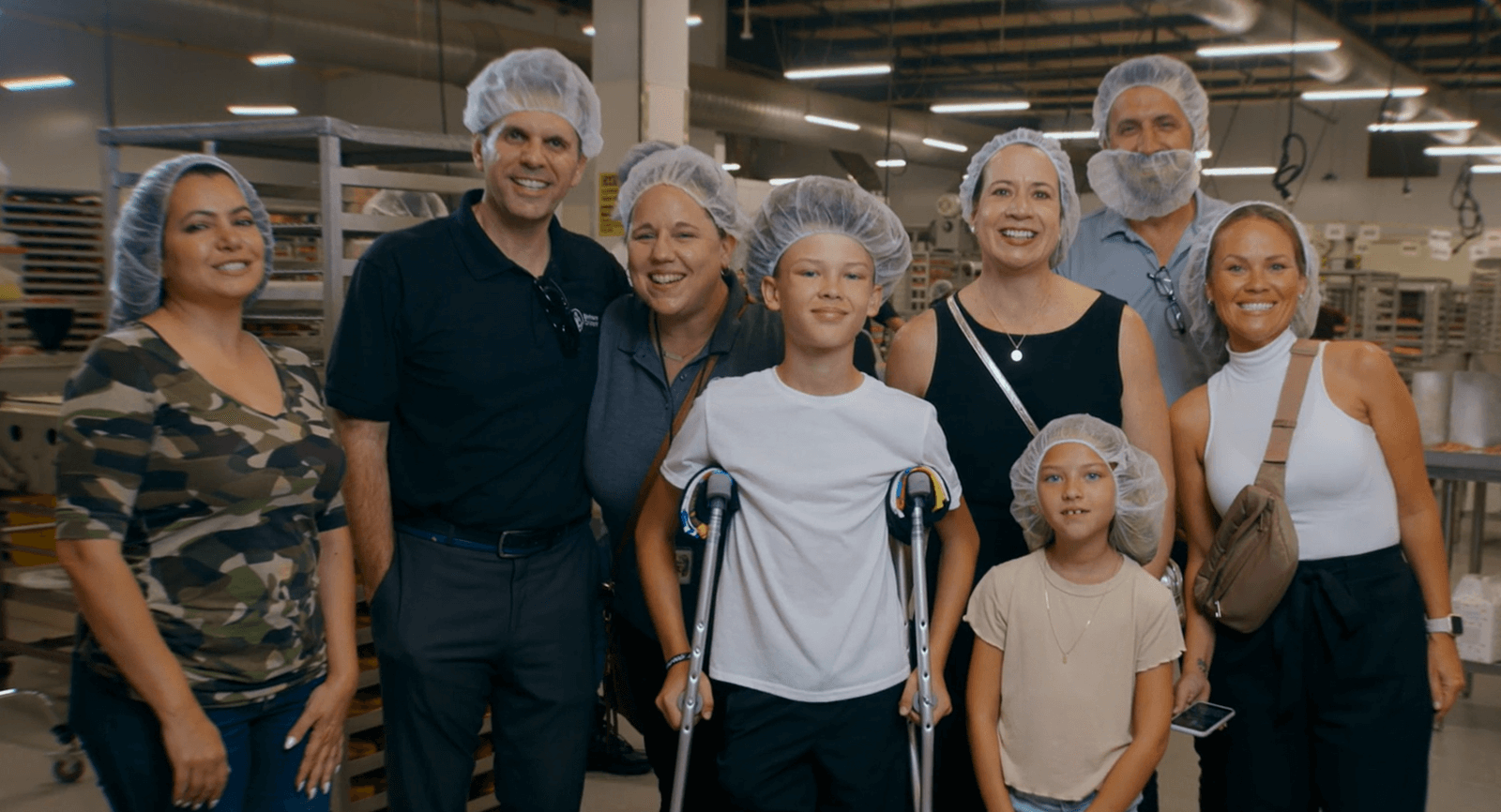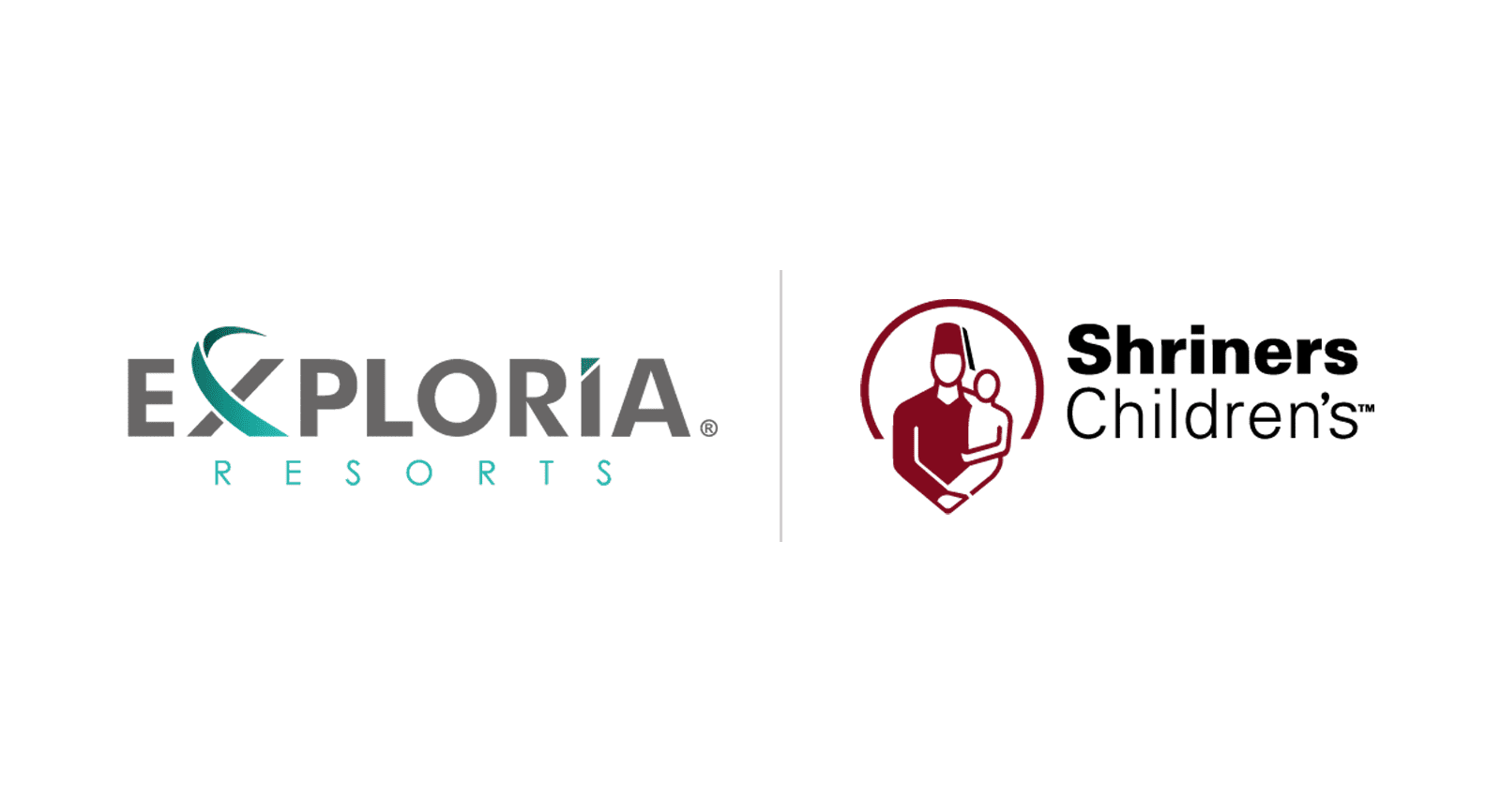Single event multilevel surgery benefits patients with cerebral palsy
Story Summary
Cerebral palsy (CP) is the most common pediatric motor disability. CP is a condition that may affect a child’s ability to control their muscles and movements, resulting in problems with gait, balance and posture. This inability to control movements leads to physical impairments such as abnormal muscle tone, weakness and contractures, as well as joint misalignment or reduced range of motion.
Patients with complex problems such as CP may require multiple surgical procedures to correct all of their gait deviations. Prior to the widespread use of computerized motion analysis, a series of single level surgeries was the standard of care for children with CP. The frequent surgeries were stressful for the patients and families. Often the outcomes were less than optimal due to the inability to quantify and objectively evaluate the child’s multilevel gait abnormalities. This old philosophy has changed and gait deviations are often corrected in one surgical event, known as single event multilevel surgery (SEMLS), which is now considered to be the standard of care for improving gait and function in ambulatory children with CP. Jane Wick, perioperative nurse at the Portland Shriners Hospital, explains the advantages of SEMLS, “The benefits are immense. SEMLS include a single anesthetic, less casting, earlier mobilization, faster recovery and a shorter rehabilitative period.”
Shriners Hospitals for Children — Portland is able to perform successful SEMLS because of its dedicated medical staff of pediatric orthopaedic surgeons specialized in caring for patients with musculoskeletal disorders such as CP. Another vital component of successful SEMLS is Portland’s in-house gait lab and motion analysis center, which is the only pediatric lab of its kind in the Pacific Northwest. The use of computerized motion analysis has allowed for a more complete and detailed identification of gait deviations, including examination of the patient’s range of motion, muscle strength and tone, and motor control. This qualitative data creates a clear and full picture of the patient’s gait abnormalities, leading to the implementation of SEMLS and a more comprehensive treatment plan.
Follow-up examination and gait analysis allow the members of the clinical team to evaluate the functional outcome of the SEMLS and provide a plan for maintenance or continued improvement. Treatment recommendations may include continued physical or occupational therapy, or a visit to Pediatric Orthotic and Prosthetic Services – Northwest, LLC, at the Portland Shriners Hospital. “In addition to our team of pediatric orthopaedic surgeons, we offer other services to make it as easy on the family as possible,” said Wick. “We have an orthotics team who creates custom orthotic devices, and a team of occupational and physical therapists, providing the option for our patients to receive complete care in one place. That’s pretty amazing.” Under one roof, all departments work hand-in-hand to ensure that the patient’s best possible outcome is achieved.
Jane explains the impact that SEMLS has on patients experiencing CP, “The largest benefit of SEMLS is increasing both the functionality and quality of life for our patients with cerebral palsy.”
The complexity of SEMLS procedures led Wick to assemble a team of authors to write Single Event Multilevel Surgery to Correct Movement Disorders in Children with Cerebral Palsy, published in the AORN Journal in November, 2018.

